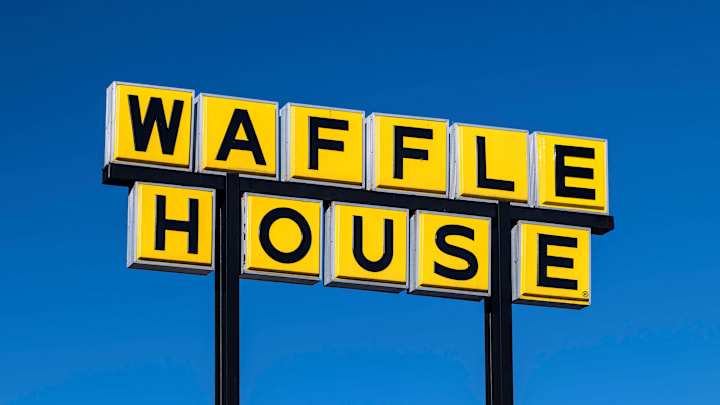As Hurricane Ian pummeled Florida's western coast on September 28, 2022, news broke that streets were flooded, houses had been swept away, and Waffle Houses were closing. The last detail seems like an odd thing to focus on—but it’s actually a sign of dire situations.
There are a lot of ways the Federal Emergency Management Agency (FEMA) assesses and addresses the severity of a natural disaster. Meteorology can predict movement patterns, wind gusts, and precipitation. Resources are dispatched to areas hit hardest by torrential weather.
But when the agency needs an accurate, ground-level gauge for how a community is coping during a crisis, they turn to Waffle House.
Since 2004, FEMA has used what former administrator Craig Fugate dubbed the “Waffle House Index.” Because the casual dining chain is open 24 hours a day, seven days a week, tracking to see if a location is closed or working with limited supplies can help inform the agency as to whether affected areas are ailing or taking steps toward normalcy.
“If a Waffle House is closed because there's a disaster, it's bad,” Fugate told NPR in 2011. “We call it red. If they're open but have a limited menu, that's yellow ... If they're green, we're good, keep going. You haven't found the bad stuff yet.”
For FEMA, the ability to order a plate of smothered and covered hash browns is an important analytic. If a Waffle House is having trouble getting stock, then transportation has been interrupted. If the menu is limited, then it’s possible they have some utilities but not others. If its locations have locked their doors, inclement weather has taken over. The chain’s locations would normally stay open even in severe conditions to help first responders.
Storms aren’t the only reason a Waffle House may shutter. In March 2020, the Waffle House Index went red as restaurants around the U.S. closed during the early weeks of the COVID-19 pandemic.
A version of this story ran in 2018; it has been updated for 2022.
